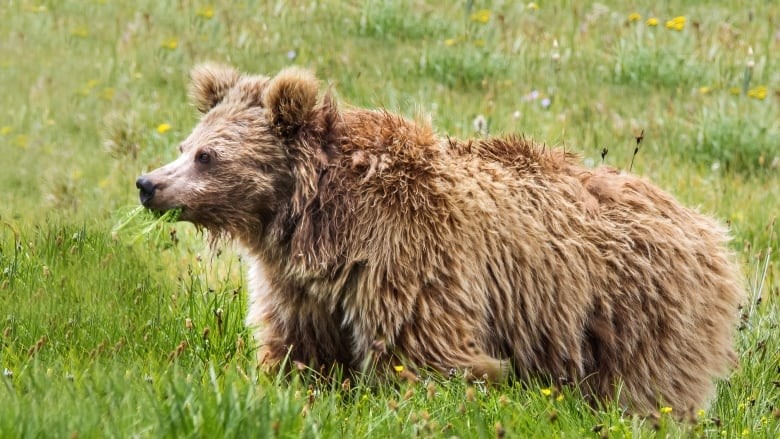Free Courses Sale ends Soon, Get It Now


Free Courses Sale ends Soon, Get It Now



Disclaimer: Copyright infringement not intended.
Context
Tibetan Brown Bear: A Comprehensive Overview
Introduction:
Physical Characteristics:
Habitat:
Behavior:
Diet:
Threats and Conservation Status:
Cultural Significance:
Conservation Initiatives:
Role in Ecosystem:
Climate Change Impact:
Conservation Challenges:
Conclusion
|
PRACTICE QUESTION Question: Consider the following statements about the Tibetan Brown Bear: 1.It primarily inhabits high-altitude regions of the Tibetan Plateau, spanning parts of China, India, Nepal, and Bhutan. 2.The fur of the Tibetan Brown Bear varies in color, ranging from dark brown to reddish-brown, with a distinctive light-colored "collar" around the neck. 3.The conservation status of the Tibetan Brown Bear, according to the International Union for Conservation of Nature (IUCN) Red List, is "Near Threatened." Select the correct statement(s): A) 1 only B) 2 only C) 1 and 2 only D) 1, 2, and 3 The correct answer is: C) 1 and 2 only Explanation:
Therefore, option C is the correct answer, as statements 1 and 2 are accurate descriptions of the Tibetan Brown BearTop of Form |
© 2024 iasgyan. All right reserved